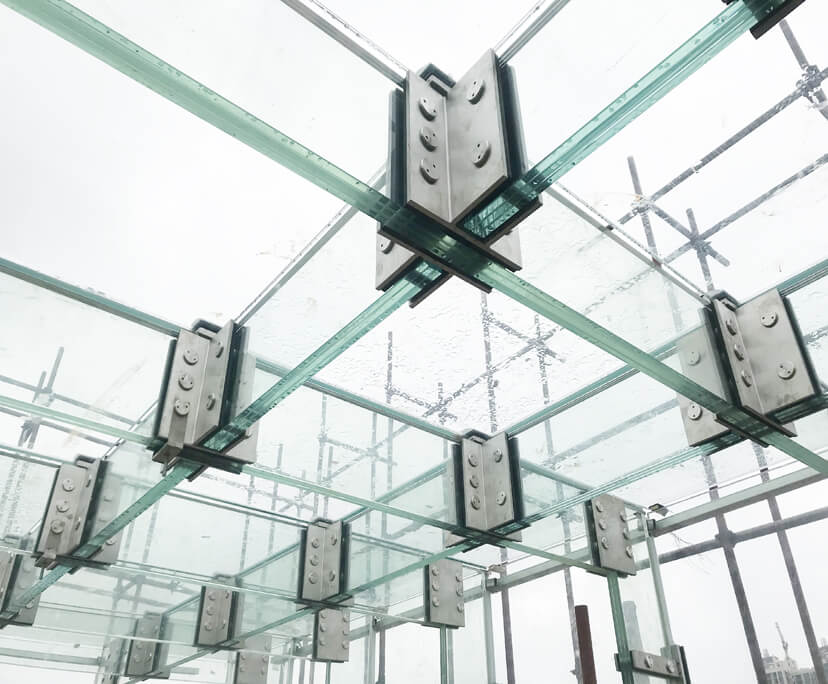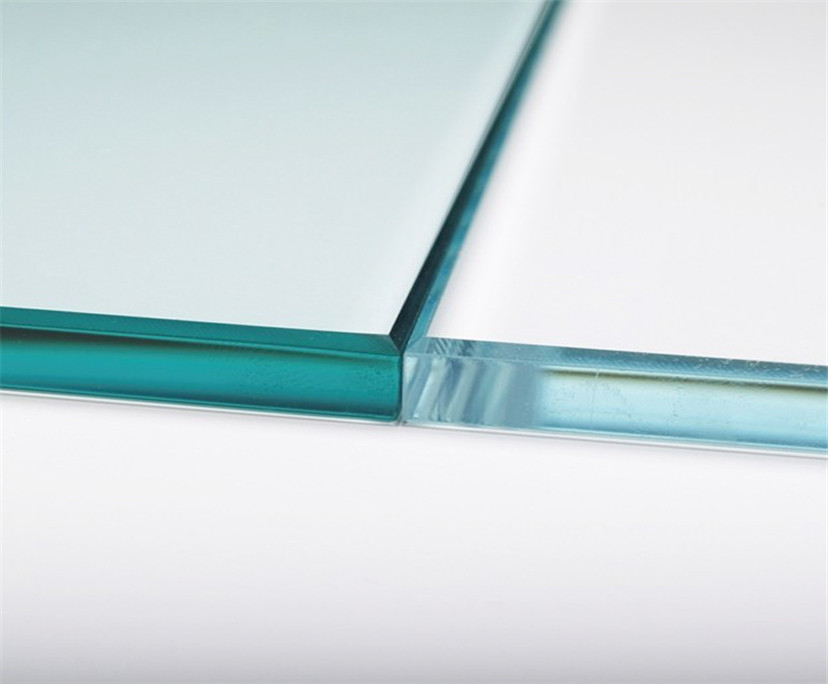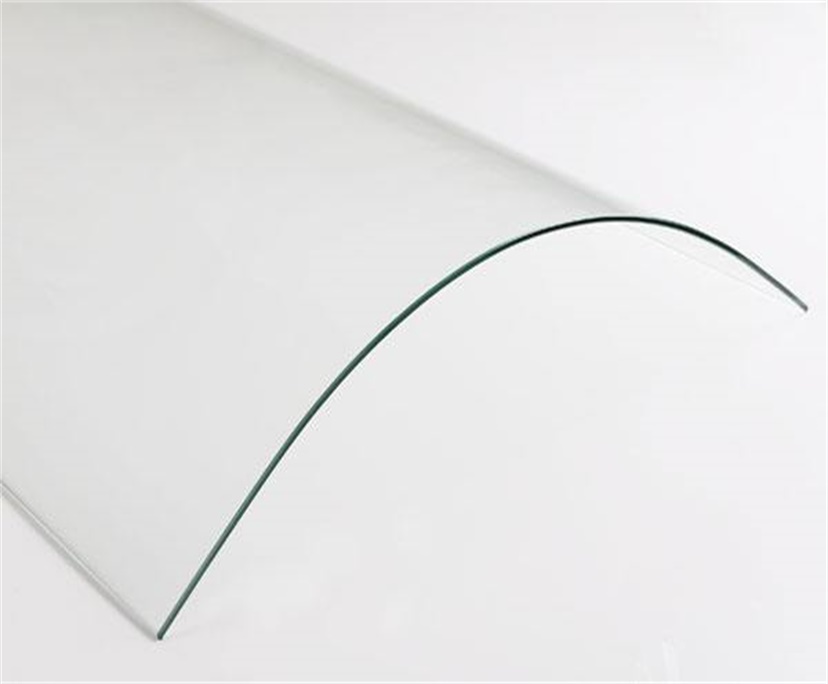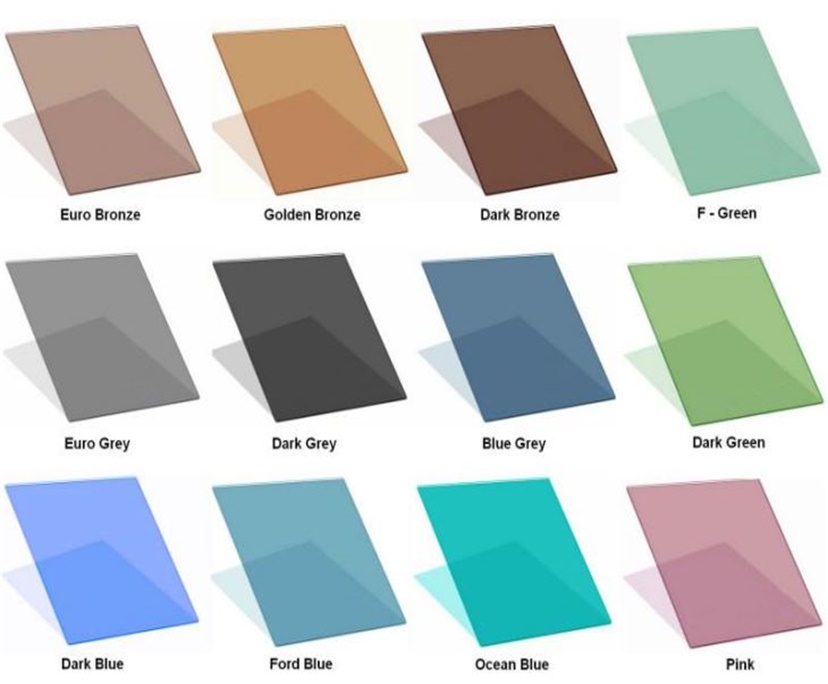Reflective Glass: The Key to Reducing Energy Costs in Modern Architecture
As the global demand for sustainable and energy-efficient buildings grows, architects and builders are increasingly turning to innovative materials that enhance both performance and aesthetics. Among these materials, reflective glass stands out as a key component in reducing energy costs in modern architecture.
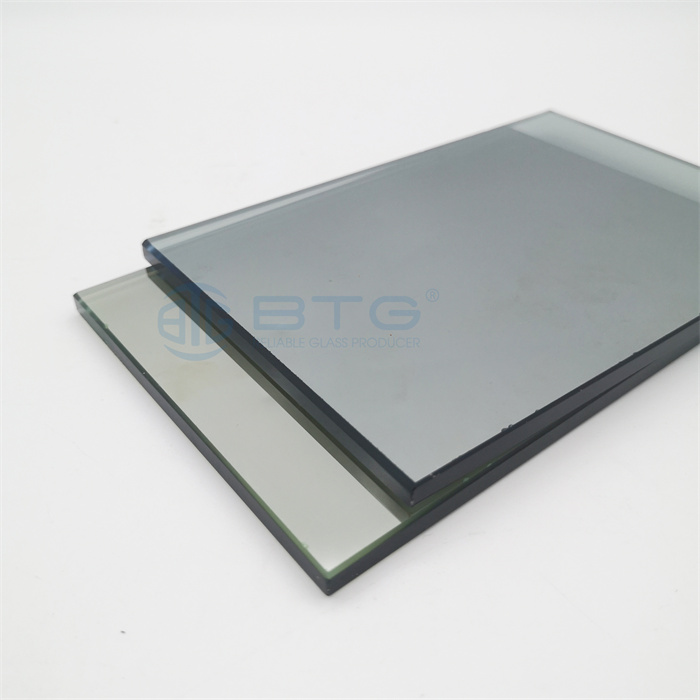
Reflective glass is a type of coated glass that not only adds a sleek, contemporary look to buildings but also significantly improves energy efficiency. The secret behind its energy-saving properties lies in the special metallic oxide coating applied to its surface. This coating reflects a significant portion of the sun's heat, reducing the amount of solar radiation that enters a building. As a result, buildings with reflective glass windows or facades remain cooler in the summer, minimizing the need for air conditioning and thereby lowering energy consumption.
One of the most compelling benefits of reflective glass is its ability to balance natural light while controlling heat gain. Unlike traditional tinted glass, which can make interiors appear darker, reflective glass allows an optimal amount of natural light to pass through while blocking excessive heat. This feature not only enhances the comfort of the building's occupants but also contributes to lower lighting costs during the day. By reducing reliance on artificial lighting and air conditioning, reflective glass helps create a more energy-efficient and environmentally friendly building.
In addition to its energy-saving capabilities, reflective glass offers a range of other advantages. One of the most notable is its ability to provide privacy without sacrificing views. The metallic coating on reflective glass creates a one-way mirror effect, allowing occupants to see outside while preventing visibility from the exterior. This makes it an ideal choice for both residential and commercial buildings, where privacy is often a priority.
Reflective glass is also highly versatile and can be used in various architectural applications, including windows, curtain walls, and skylights. It is available in different thicknesses, such as the popular 8mm variant, which can be tempered, heat-strengthened, or laminated for added strength and safety. This versatility allows architects to incorporate reflective glass into a wide range of designs, from sleek, minimalist structures to more complex, multi-faceted buildings.
The growing focus on sustainable building practices has made energy efficiency a top priority in modern architecture. Reflective glass, with its ability to reduce solar heat gain, lower energy costs, and enhance overall building performance, plays a crucial role in achieving these goals. By choosing reflective glass for new construction or renovation projects, architects and builders can create buildings that are not only visually striking but also environmentally responsible and cost-effective.
In conclusion, reflective glass is more than just a stylish design element; it is a powerful tool for reducing energy costs in modern architecture. Its unique combination of energy efficiency, privacy, and versatility makes it an essential material for creating sustainable, high-performance buildings that meet the demands of the 21st century.


